
Smart Wearables: New Markets, Infinite Possibilities.
Wearable devices are defined as portable equipment that is worn directly on the body or integrated into a user's clothing or accessories. They are designed for a range of applications, from collecting data during daily activities and fitness tracking to administering medication. Celebrated for their minimalist, stylish, and portable design, they have garnered significant popularity among younger consumers. These devices come in a wide variety of forms, such as smartwatches, hearing aids, wristbands, subcutaneous sensors, and head-mounted displays. Among these, smartwatches and fitness trackers constitute the vast majority of the market.
Driven by continuous iteration, new feature upgrades, and the overarching trend of shifting consumer demands, the wearable device market maintains its rapid development. This market explosion is placing new and higher demands on raw materials and manufacturing processes. Ideal wearable devices must retain reliable sensing performance even when subjected to significant deformation, such as bending, stretching, or twisting, while also ensuring biocompatibility, comfort, and durability.
SILIKE innovative Si-TPV elastomer is emerging as a new industry star, poised to meet these challenges thanks to its excellent biocompatibility and superior material properties.
Traditional Overmolding Materials Types and Their Inherent Limitations Used in Industry.
Silicone Rubber:it is typically used in devices that require direct skin contact, such as glucose meter patches, cardiac monitoring electrodes, and infant temperature monitoring patches. However, it has a high permanent deformation rate and is prone to plastic deformation after prolonged compression or stretching, which compromises sealing and fit—for example, smartwatch bands becoming loose after extended wear. It also easily attracts dust and has low tear strength: due to its strong electrostatic adhesion, the surface readily accumulates dust and lint, and thin-walled designs are susceptible to tearing when exposed to sharp objects.
Thermoplastic Polyurethane (TPU): Thermoplastic polyurethane (TPU) is commonly used in sports bracelet housings and medical device grips. However, it exhibits insufficient hydrolysis resistance and is prone to hydrolytic degradation after prolonged exposure to sweat or disinfectants, leading to embrittlement and fracture. Additionally, its surface is susceptible to scratching, which compromises aesthetics. TPU tends to have a rigid feel and poor biocompatibility, resulting in inferior long-term wearing comfort compared to silicone—particularly for infants, young children, or those with sensitive skin.
Thermoplastic Elastomer (TPE/TPR): TPE/TPR are prone to aging and migration, where plasticizers leach out over time, causing the material to harden and the surface to become sticky. Common chemicals such as alcohol and sunscreen may corrode the surface coating layer. TPE containing benzene-based substances may potentially cause skin allergies.


Discover How Si-TPV Give You More Skin-Friendly and Bio-Compatible Solution
Si-TPV, the vulcanized silicone rubber particles of the dispersed phase form micro-protrusions on the surface. Through interfacial treatment technology, these silicone rubber particles can be distributed more uniformly and stably within the TPU continuous phase, thereby integrating the advantages of both silicone rubber and TPU to achieve a uniquely smooth and non-sticky touch. Furthermore, it offers numerous additional advantages:
Excellent weather and UV resistance: This ensures the functional stability and service life of smart wearable devices under various climatic conditions. Its UV resistance effectively prevents aging, chalking, and discoloration caused by prolonged sun exposure.
Free of plasticizers, skin-friendly and excellent stain resistance: This makes it particularly suitable for 24/7 wearable health monitoring bracelets and smartwatch bands. As it contains no small-molecule plasticizers, it prevents leaching via sweat or oils—effectively avoiding potential skin allergies or irritation caused by long-term contact. Additionally, the surface can be easily wiped clean with a damp cloth to restore its like-new appearance, greatly enhancing daily usability and convenience.
Exceptional abrasion resistance and high rebound elasticity: Si-TPV wearable bands and devices resist scratches and abrasion from frequent contact with everyday surfaces like desks and clothing, maintaining a like-new appearance over time. The high elasticity allows the band to conform to the unique contours of the user's wrist, providing a lightweight, secure, and pressure-free wearing experience that also prevents slipping during physical activity.
100% Recyclable: Sprue, runner trimmings, production scraps, and end-of-life products made from Si-TPV can be reground and reused directly in the manufacturing process. This significantly reduces material waste and minimizes the environmental footprint.
Check out more Si-TPV technical properties and other application scenario, send us an Email to discover more possibilities for your endless designing on Smart Wearables!









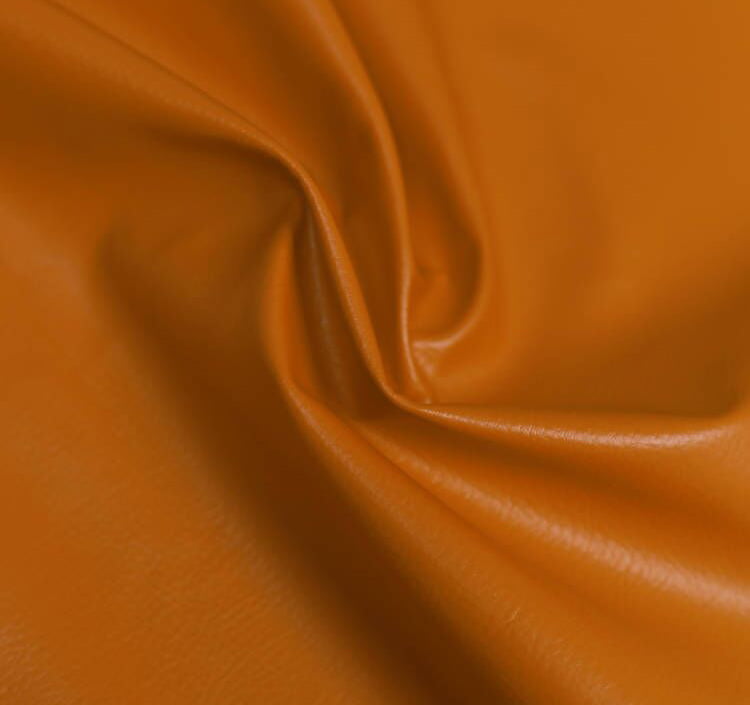



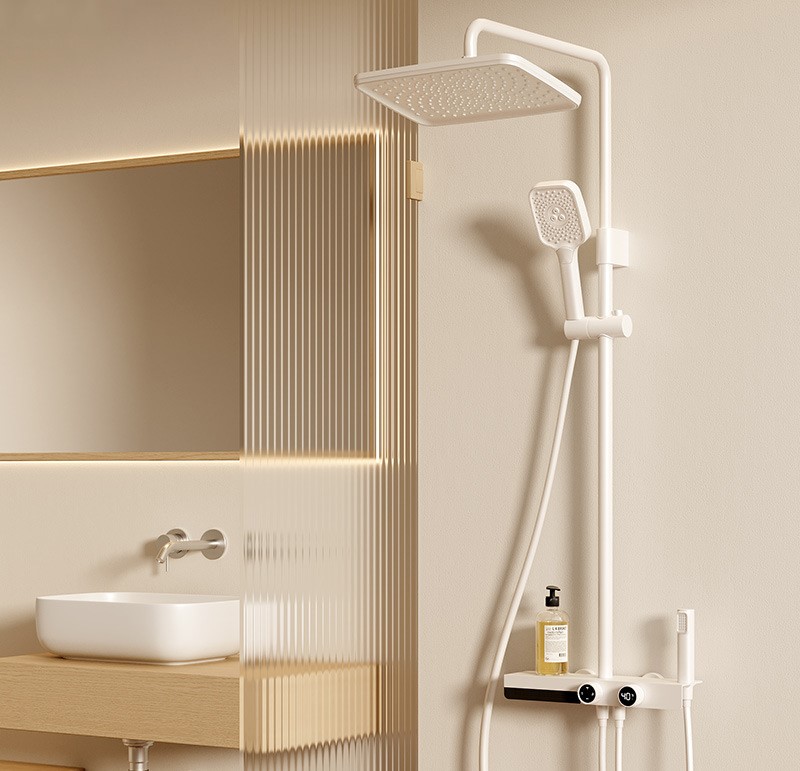


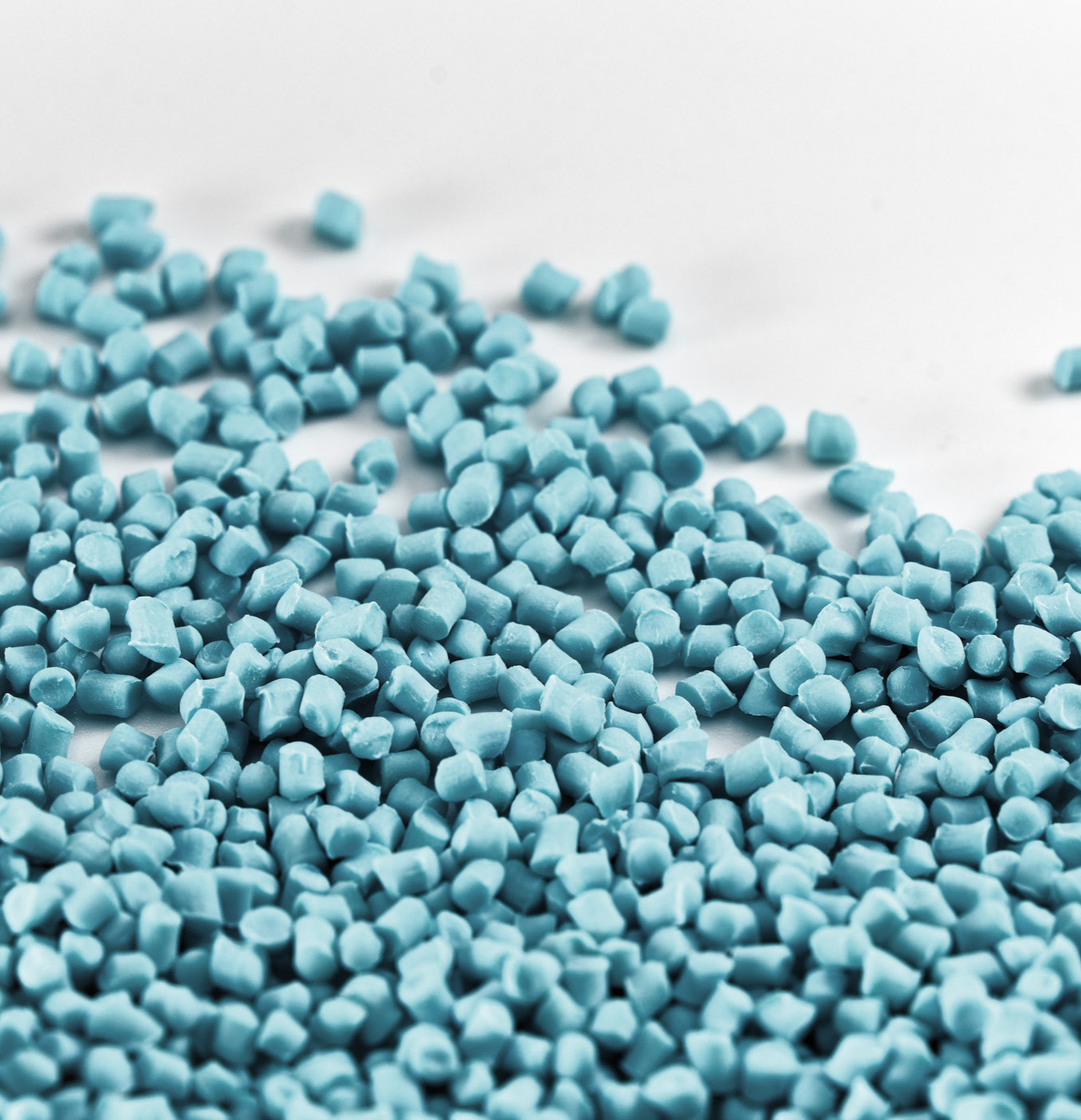
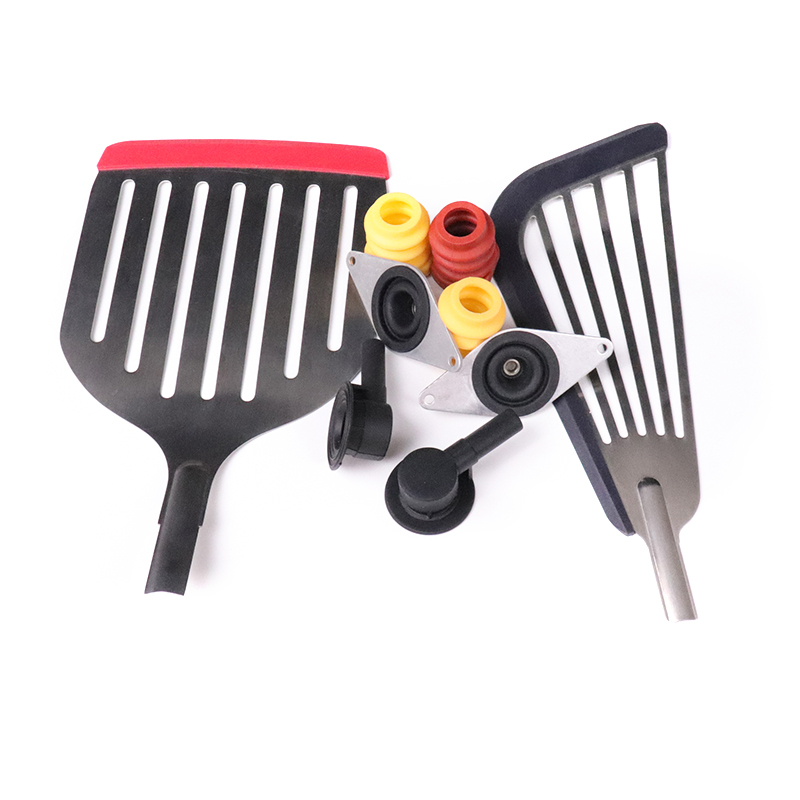

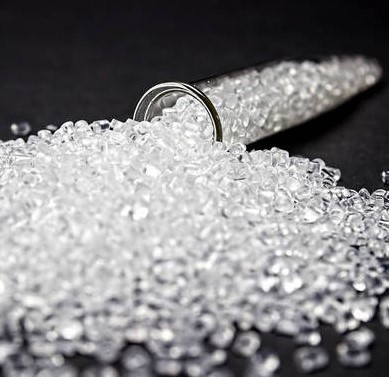
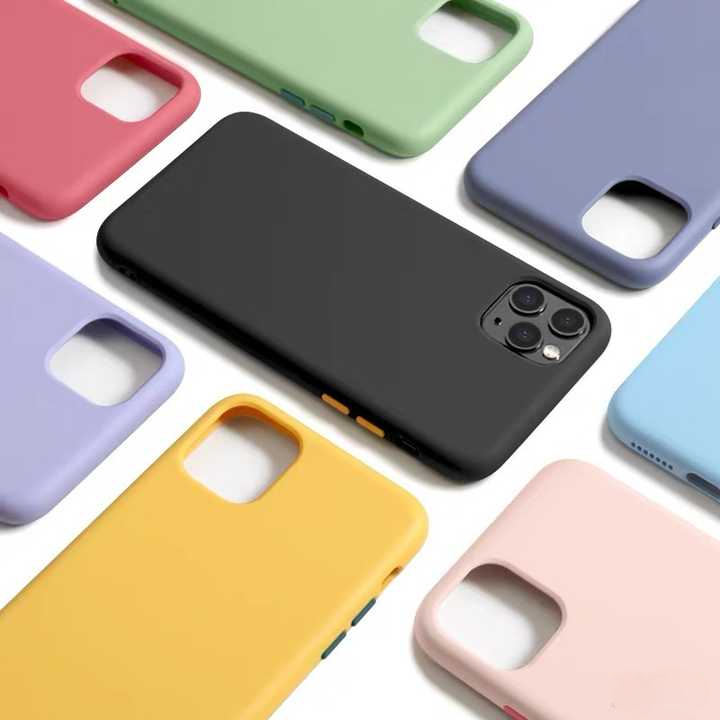


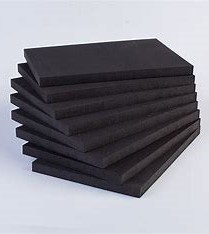

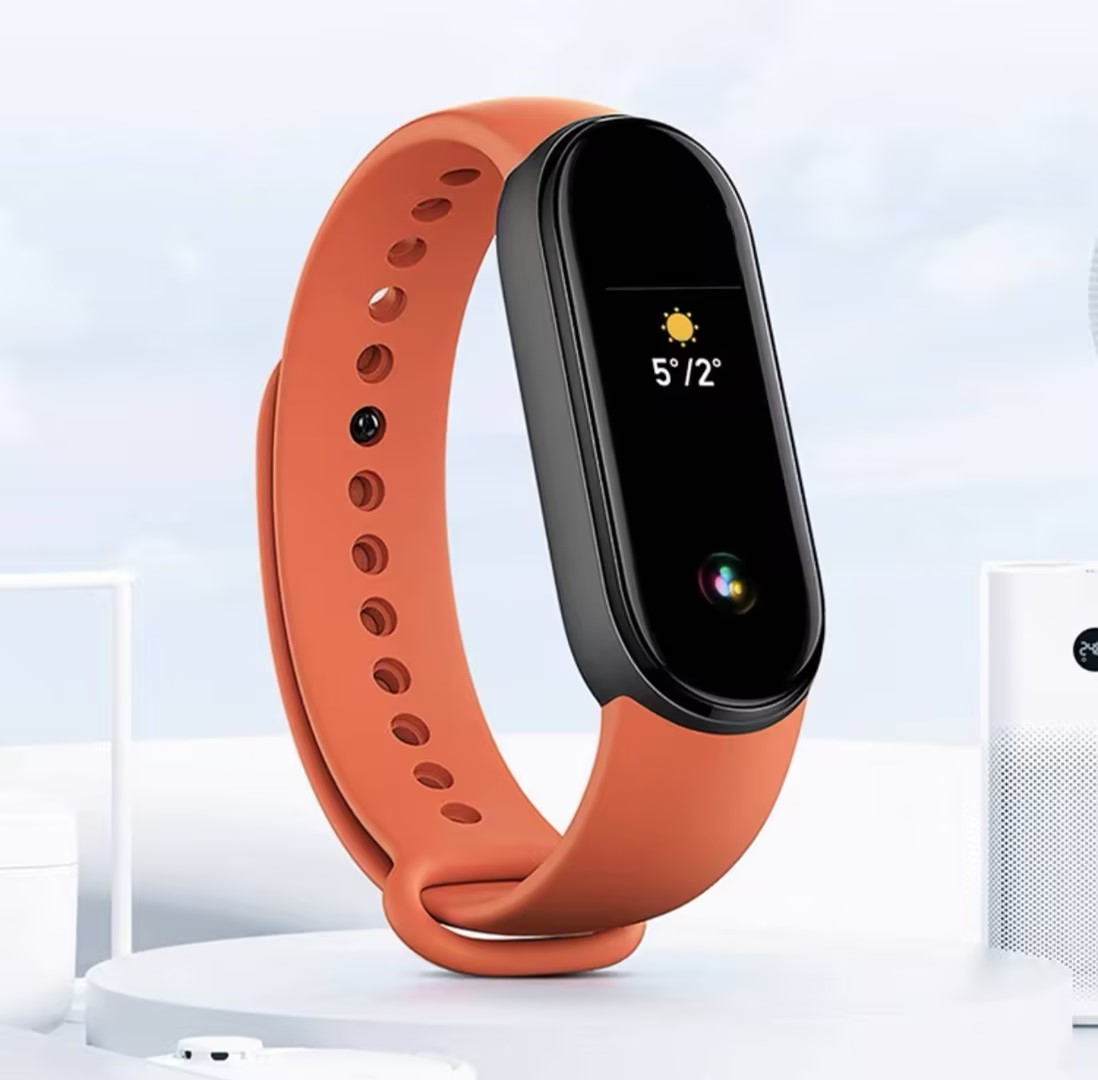
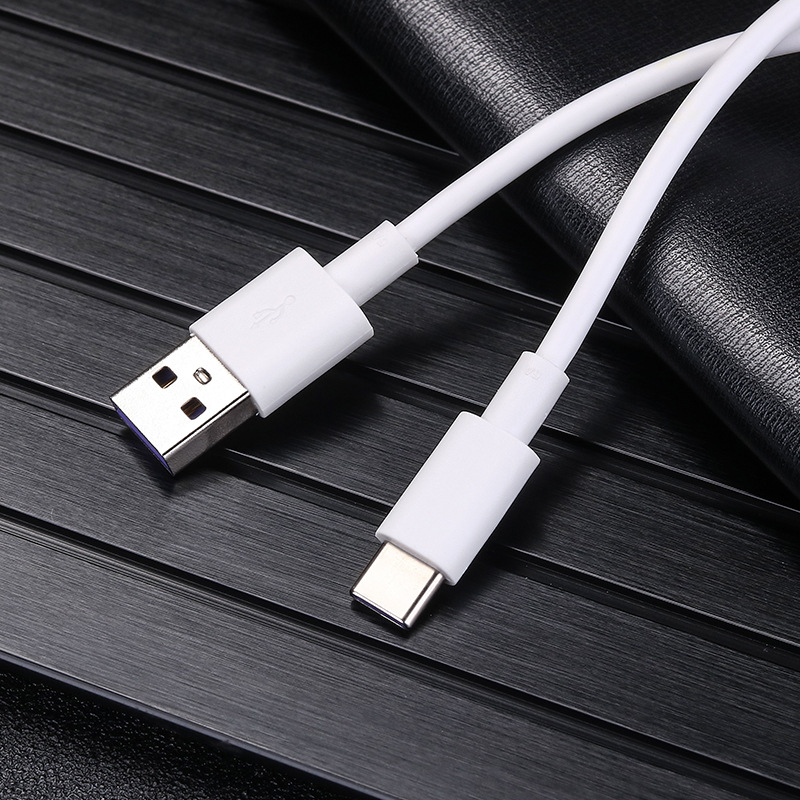


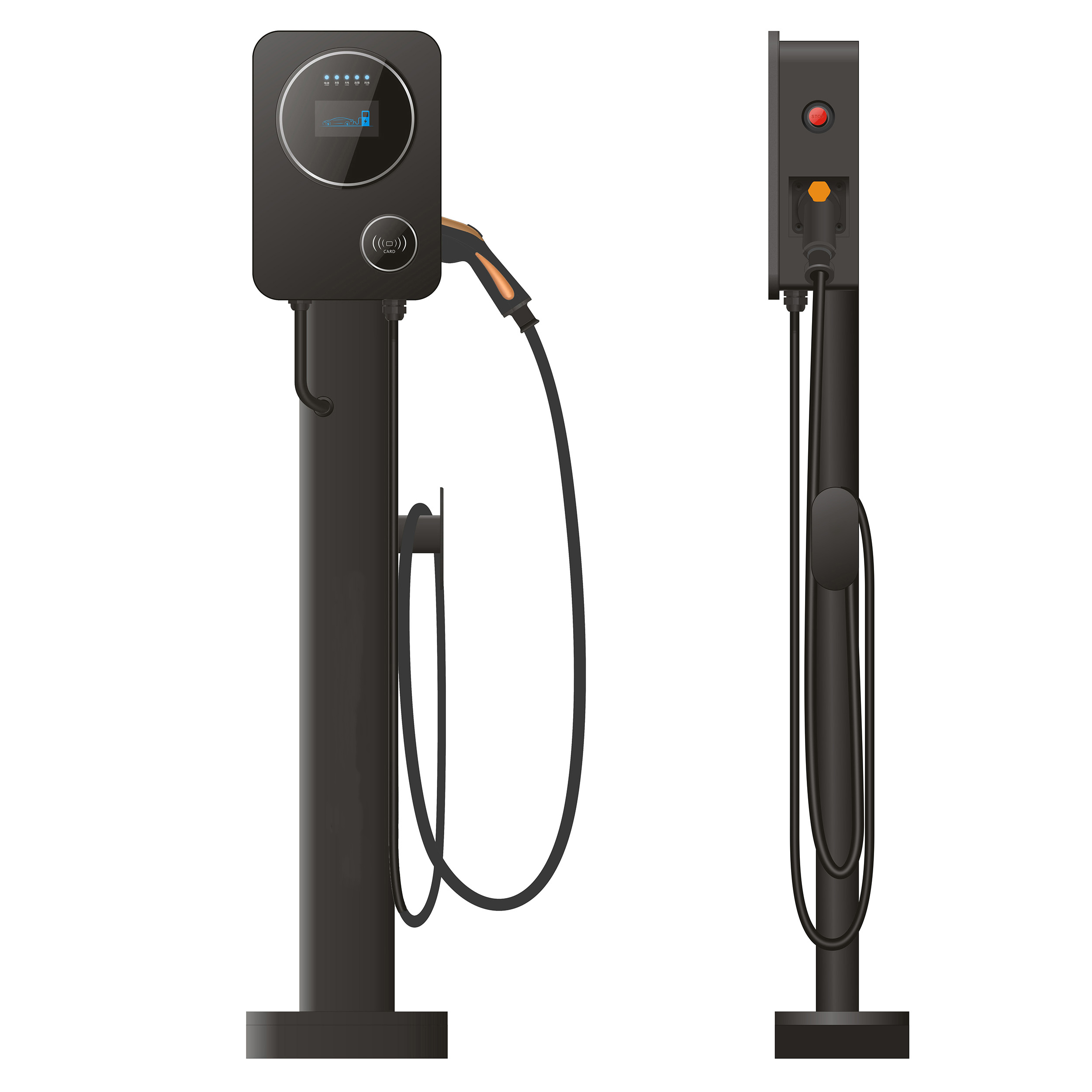
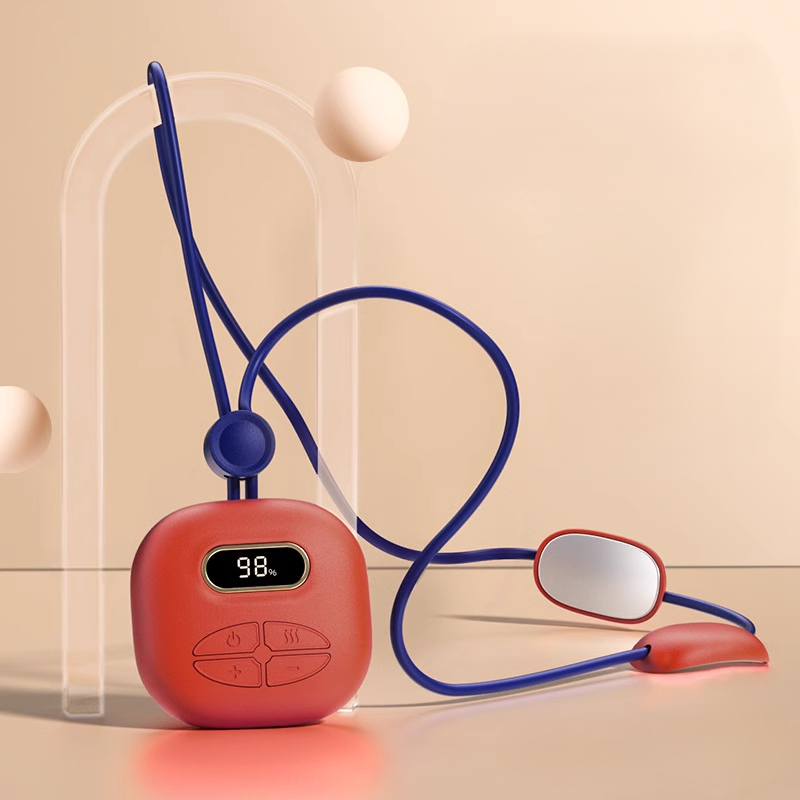










3.jpg)






